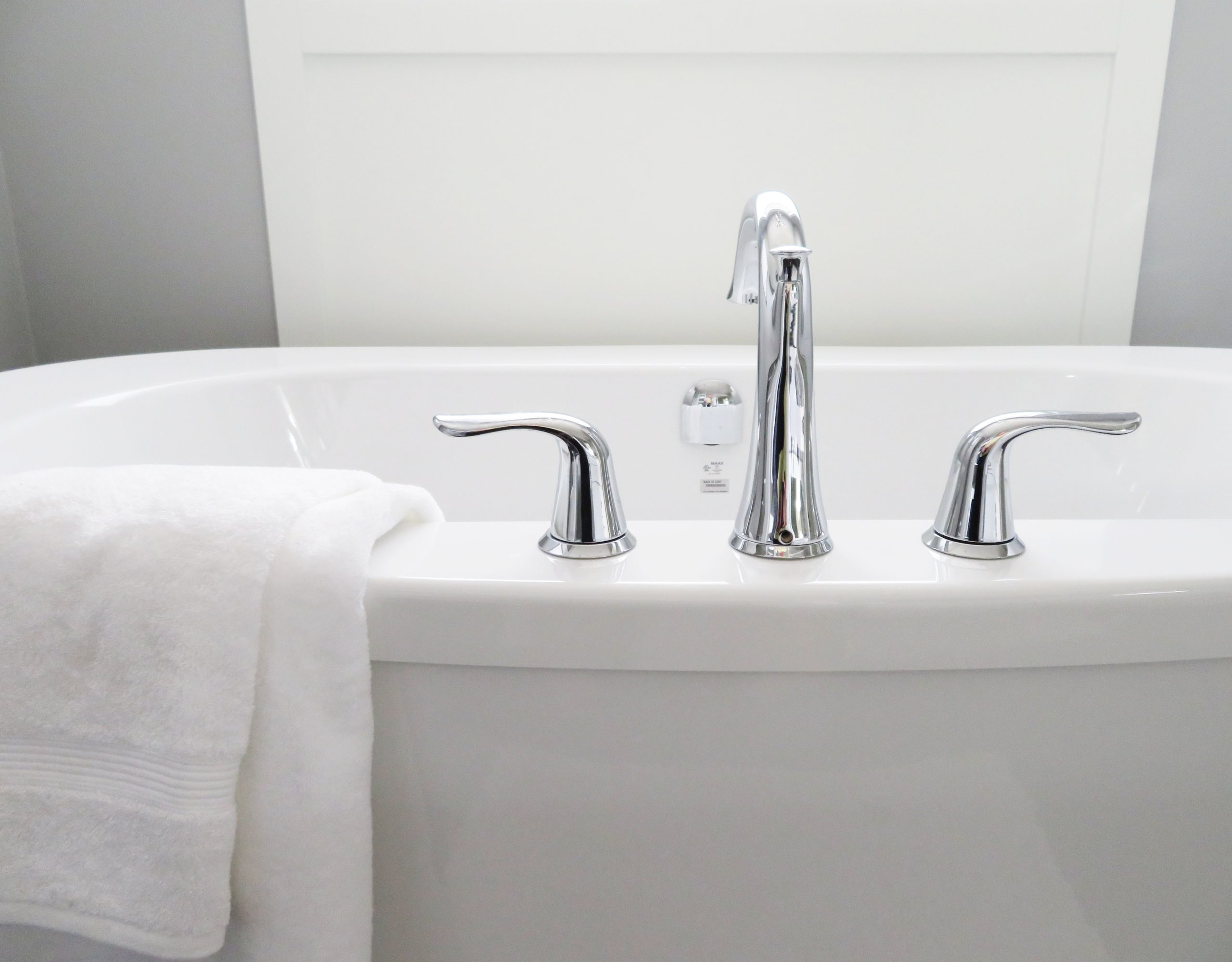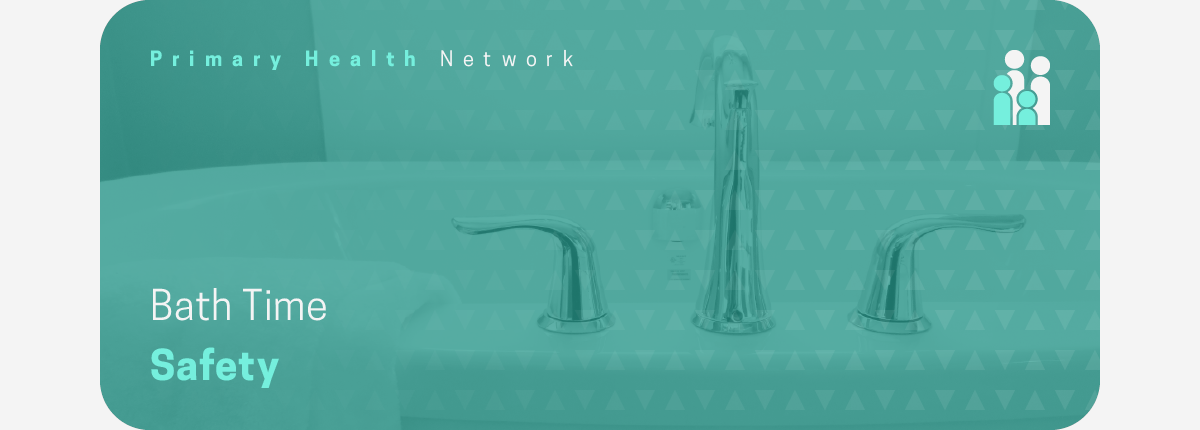
Children enjoy being in water, whether it’s bathing in a sink or splashing around in the tub. Tubs and showers, on the other hand, can be extremely dangerous and result in major injuries. With these bathtub safety recommendations for kids, bath time can be a fun and safe experience.
Here are some simple steps to safety:
Actively supervise your kids.
- Never leave your child unattended around water.
- Only adults should watch children in the bathtub. Do not rely on an older sibling to watch young children.
- Bath seats and rings are not safety devices. Smaller children can easily slip out of them and hurt themselves on the side of the tub or in the water.
Close the lids and doors.
- Keep the bathroom doors closed at all times. Place safety covers over doorknobs to keep kids from opening doors.
- Younger children can drown in toilets, so always keep lids down and install toilet locks.
Remove the water when done.
- Be sure to drain the tub as soon as your little one is safely out and wrapped in his shark towel.
- Be sure to empty all tubs, buckets, containers, and baby pools after you are done using them. Store them upside-down and out of children’s reach.
Learn CPR.
- In an emergency, seconds matter, so learn first aid and CPR. Find a class in your area here.
Keep an eye out for falls and burns.
- Use non-slip mats inside and outside of the tubs and showers to prevent slips and falls.
- Install safety bars inside tubs and showers.
- If your shower has a glass door, be sure it is shatterproof.
- Always check the water temperature with a temperature-sensing bath toy, or your wrist or elbow, before bathing a baby, toddler, or young child.
- Install anti-scald devices on water faucets and shower heads. This will stop the flow of water if it gets too hot.
- Set your water heater to 120 degrees Fahrenheit, or the manufacturer’s recommended setting, to prevent accidental scalding. Be sure to always test the hot water temperature after adjusting the gauges.
